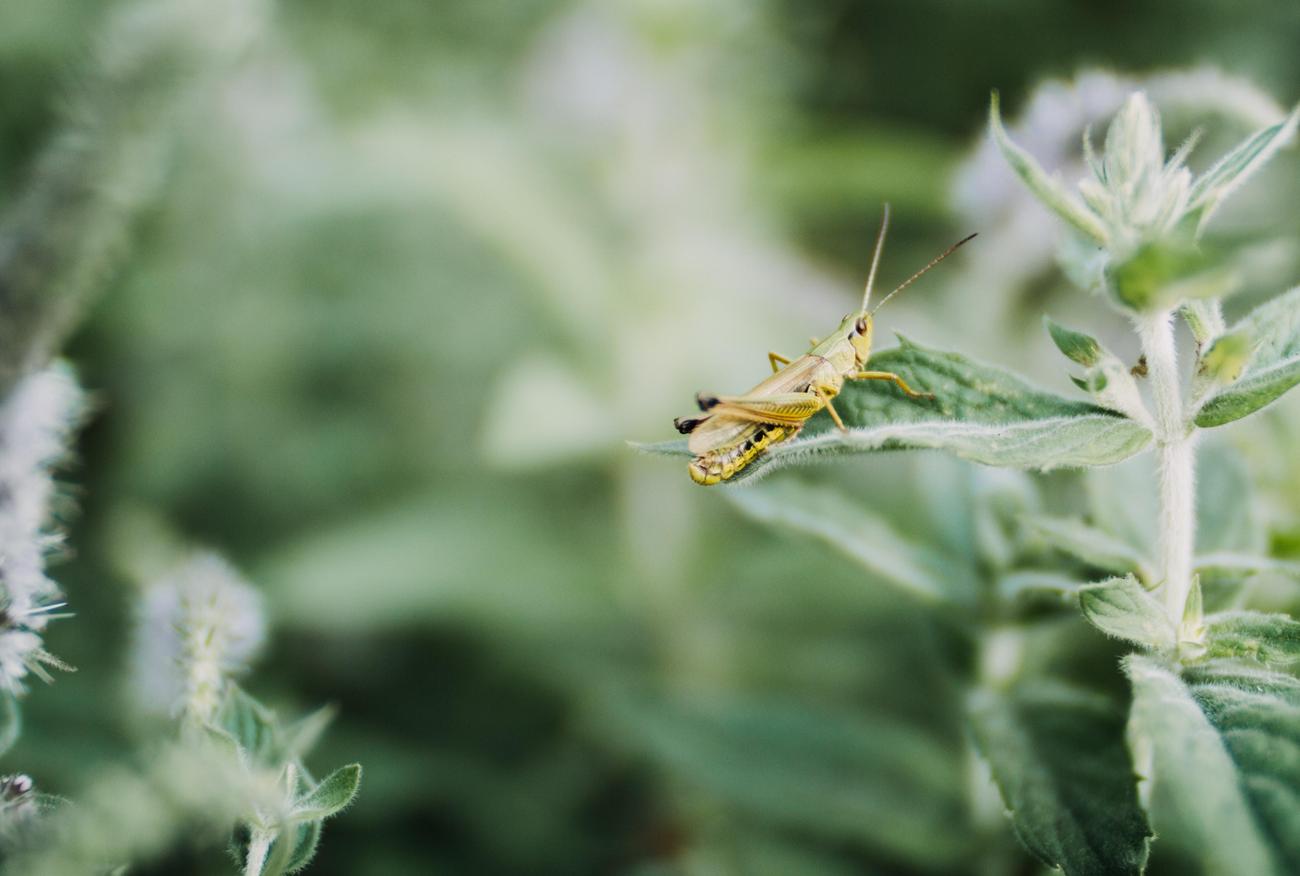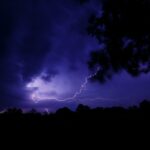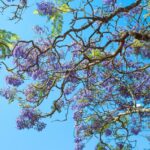If you have ever ventured into a chaparral biome, you would be amazed by the tenacity and beauty of the plants that inhabit these unique ecosystems. In my article titled “Chaparral Biome Plants: Exploring the Resilience and Threats,” I will take you on a journey through the remarkable world of chaparral flora. As you delve deeper into this Mediterranean climate, you will discover a diverse array of plants that have found ingenious ways to survive in the face of harsh conditions. From the fiery orange hues of the California poppy to the majestic towering forms of the coastal live oak, these resilient plants have thrived for centuries. However, as the environment continues to change, so do the threats they face. Join me as we uncover the ecological importance, adaptive strategies, and potential challenges that these chaparral plants encounter in their ongoing battle for survival.

Chaparral Biome Plants
The Chaparral biome is a unique and diverse plant community found in coastal and inland mountain areas of southwestern North America. It is characterized by a variety of broad-leaved evergreen shrubs, bushes, and small trees. From the iconic Olive and Oak species to the hardy Eucalyptus and Acacia, the flora of the Chaparral biome showcases nature’s resilience and adaptability.
Adaptive Strategies for Survival
In the face of hot and dry conditions, plants in the Chaparral biome have developed remarkable adaptations to ensure their survival. They have small leaves, which minimize water loss through evaporation and enable them to preserve vital moisture. Some plants even have hairy leaves, acting as a protective barrier against the scorching sun.
These plants also possess root systems designed to maximize water absorption from the soil. Their roots spread wide and deep, allowing them to tap into hidden reserves during drought periods. By prioritizing water conservation, Chaparral plants have mastered the art of thriving in their challenging environment.
“Through their small leaves and efficient root systems, Chaparral biome plants have found ingenious ways to adapt and survive in the face of extreme heat and limited water availability.”
Ecological Importance
Chaparral biome plants play a crucial role in maintaining the delicate balance of their ecosystem. Their evergreen nature ensures that they remain a reliable source of food and shelter for the diverse array of wildlife that call this biome home.
These resilient plants provide vital nourishment for herbivores, such as deer and rabbits, while also acting as protective havens for smaller creatures like birds and insects. The dense foliage of the shrubs and bushes provides a refuge from predators, while their fruits and seeds serve as a nutritious feast.
“Chaparral biome plants serve as the backbone of this ecosystem, providing sustenance and shelter for a wide range of animals. They represent nature’s resilience at its finest.”
Threats and Conservation
Unfortunately, the Chaparral biome faces several threats that put its delicate balance at risk. Climate change has had a significant impact on this Mediterranean-like ecosystem, leading to increased drought conditions and higher temperatures. These changes disrupt the delicate harmony between plants, animals, and their environment.
Additionally, human activities such as urbanization, agriculture, and wildfires pose considerable challenges to the preservation of the Chaparral biome. Fragile plant species are often vulnerable to these disturbances, making their conservation a critical priority.
“The Chaparral biome, with its extraordinary plants, faces a challenging future. As we grapple with the effects of climate change, it becomes ever more crucial to protect and conserve these invaluable ecosystems.”
Understanding the resilience and threats faced by Chaparral biome plants is essential for appreciating their ecological importance and advocating for their protection. By shedding light on their adaptive strategies, we can deepen our respect for nature’s ability to thrive in even the harshest environments. Let us join hands in safeguarding the diversity and beauty of the Chaparral biome and all its remarkable plant life.
Table Example:
| Chaparral Biome Plants | Adaptations |
|---|---|
| Small leaves | Minimize water loss through evaporation |
| Hairy leaves | Protection against intense sunlight |
| Extensive root systems | Maximize water absorption from the soil during drought |
Note: The table above highlights the key adaptive strategies of Chaparral biome plants.
References:
– Source 1
– Source 2
The chaparral biome is teeming with fascinating and unique qualities that will leave you amazed. From its diverse plant and animal life to its stunning landscapes, the chaparral never fails to captivate those who explore its wonders. If you’re curious to discover more fun facts about the chaparral biome, click here: fun facts about the chaparral biome. Prepare to be amazed as you delve into the secrets and marvels that this remarkable biome has to offer. Get ready to embark on an adventure unlike any other!
The Chaparral Biome: A Vibrant Plant Community in Southwestern North America
[youtube v=”PI6tgQjZHGg”]
Overview
The Chaparral biome is a diverse and unique plant community found primarily in southwestern North America. It comprises various types of terrain, including mountains and plains. Often mistaken for the desert biome due to its hot and dry climate, the Chaparral biome stands out with its distinct characteristics and vital ecological role.
A Precious Ecosystem
Characterized by broad-leaved evergreen shrubs, bushes, and small trees, the Chaparral biome showcases remarkable adaptability to survive in its challenging environment. Plants in this biome have evolved specific strategies to thrive in its hot and arid conditions. Their small leaves and hairy surfaces help minimize water loss and provide protection against the scorching sun. Moreover, their root systems are perfectly designed to maximize water absorption from the soil, enabling their survival in such an unforgiving climate.
“Chaparral plants play a crucial role in maintaining the delicate balance of their ecosystem by providing food and shelter for wildlife.”
Abundant Biodiversity
Despite the harsh conditions, the Chaparral biome nurtures a rich array of flora and fauna. Wildlife in this region, such as coyotes, chipmunks, mule deer, and three-horned owls, have adapted to the hot and dry climate, with many of them being nocturnal, sleeping during the day and active at night. The Chaparral biome is home to various plants, including fairy dusters, coyote brushes, mahogany trees, and even olive trees. This diverse vegetation not only provides crucial protection against erosion but also allows underground water supplies to recharge. Additionally, it offers vital habitats for a fascinating assortment of animals, making it an ecosystem of immense ecological value.
Threats and Conservation Efforts
Regrettably, the Chaparral biome faces numerous threats, including climate change, urbanization, agriculture, and wildfires. Human activities, such as building industries and factories, contribute to the destruction of natural habitats. Forest fires, often caused by invasive plant species that are more flammable than native species, have become increasingly frequent in the past two decades, negatively impacting the delicate balance of the ecosystem.
However, efforts are underway to protect and conserve the Chaparral biome and its plant life. Conservation initiatives focus on reducing the risk of wildfires, improving fire management resources, adopting fire-safe building plans, and implementing regulations to prevent development in high fire hazard areas. These measures are crucial for preserving the overall health and resilience of this essential ecosystem.
“Understanding the resilience and threats faced by Chaparral biome plants is important for advocating for their protection.”
In conclusion, the Chaparral biome stands as a testament to the remarkable adaptability of plants and wildlife in harsh environments. Its unique plant community, rich biodiversity, and delicate balance make it a vital ecosystem worth conserving. By understanding the challenges it faces and promoting its protection, we can ensure the continued existence of this fascinating biome and the invaluable life it sustains.

FAQ
Question 1
What is the Chaparral biome?
Answer 1
The Chaparral biome is a scrubland plant community that can be found in coastal and inland mountain areas of southwestern North America. It is characterized by broad-leaved evergreen shrubs, bushes, and small trees.
Question 2
Which plants can be found in the Chaparral biome?
Answer 2
The Chaparral biome is home to a variety of plants. Common trees include Eucalyptus, Olive, Oak, and Acacia species. Shrubs found in the Chaparral biome include California scrub oak, French broom, and Mojave yucca. Herbaceous plants such as Common sage, oregano, and thyme can also be found, along with grasses like Yellow-eyed Grass.
Question 3
How do plants in the Chaparral biome adapt to survive in hot and dry conditions?
Answer 3
Plants in the Chaparral biome have valuable adaptations to thrive in the dry and hot conditions. They have small leaves, hairy leaves, and root systems designed to maximize water absorption.
Question 4
What kind of climate does the Chaparral biome have?
Answer 4
The Chaparral biome is found in regions with a climate similar to the Mediterranean area, such as California and northern Mexico. It receives roughly 12 to 20 inches of rainfall in its winter months, providing suitable conditions for plant and animal species to thrive.
Question 5
How has climate change affected the Chaparral biome?
Answer 5
Climate change has had a significant impact on the Chaparral biome, affecting both its plants and animals. The changes in temperature and rainfall patterns can disrupt the delicate balance of the ecosystem, potentially leading to shifts in vegetation distribution and biodiversity. The Chaparral biome is particularly vulnerable to prolonged droughts and increased frequency of wildfires, which can have long-lasting effects on the plants and animals that depend on this unique habitat.









